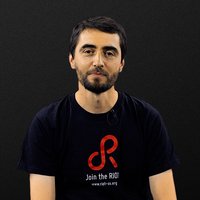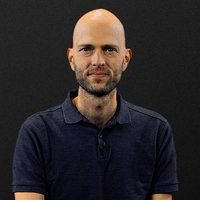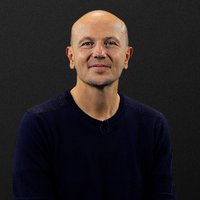Internet of Things with Microcontrollers: a hands-on course
- Duration: 9 weeks
- Effort: 20 hours
- Pace: ~2h15/week
- Languages: English and french
What you will learn
At the end of this course, you will be able to:
- understand the specificities of connected object programming;
- program and test the Internet of Things without specific hardware;
- discouver and use the FIT IoT-Lab testbed;
- develop your own IoT application from the object to the cloud.
Description
Considered as the third revolution of the Internet, the Internet of Things (IoT) is a natural evolution of technology, a link between the physical world and the digital world whose goal is to make our life easier.
With already billions of connected objects, the Internet of Things has a very wide range of applications including for instance home automation, agriculture, but also healthcare and industry...
The Internet of Things is a revolutionary paradigm enabling many new applications. For this revolution to be a success, it has to meet a lot of challenges among which:
- Energy efficiency of the IoT devices for a long autonomy and energy saving
- Interoperability between all the connected objects
- Updates of the devices for a long-term use
- Security of the IoT devices to prevent them from being hacked
- Data privacy of the users
Most of the software and coding in the hands-on activities is based on the open source IoT operating system RIOT: this enables re-use of this code on a large variety of IoT devices, beyond hardware available through the FIT IoT-Lab testbed.
Format
This MOOC is composed of 6 modules combining:
- textual course contents,
- course videos,
- tutorials
- quizzes and hands-on activities with Jupyter notebooks and the use of the FIT IoT-Lab platform.
The course is bilingual english / french: all the material is proposed in english and french, the videos are in english with english and french subtitles.
Prerequisites
Following this course assumes the following prior knowledge:
- Programming Basics in C and/or Python or Bash
- Linux systems experience (use of command lines)
Assessment and certification
At the end of the course, an attestation of achievement will be delivered to the participants who will have obtained the minimal score required. The evaluation is based on quizzes and peer assessment of hands-on activities.
Course plan
- Module 1: Internet of Things: General Presentation
At the end of this module you will be able to provide a description of the IoT system from the device to the cloud. - Module 2: Focus on Hardware Aspects
At the end of this module you will be able to explain the hardware architecture of a connected device with the energy constraints associated. You will also be able to classify IoT devices according to their role or application. - Module 3: Focus on Embedded Softwares
At the end of this module you will be able to apply the specific programming principles for a connected object. You will also be able to describe the characteristics of the RIOT operating system. - Module 4: Focus on Low-Power Wireless Networks
At the end of this module you will be able to describe IoT communication protocols with the various networks layers. You will also be able to write your first IoT application using the Internet protocol CoAP in order to retrieve the values from a temperature sensor. - Module 5: Focus on LoRaWAN networks
At the end of this module, you will have an expertise on LoRaWAN networks, these networks specifically designed for the Internet of Things. You will become familiar with their main characteristics, the types of applications they are particularly suited for and will learn how to configure them so that the devices can join the network. - Module 6: Securing Connected Objects
At the end of this module you will be able to identify the security problems of connected objects and the existing solutions to overcome them.
Course team
Emmanuel Baccelli
Categories
Antoine Gallais
Categories
Olivier Gladin
Categories
Frédéric Saint-Marcel
Categories
Guillaume Schreiner
Categories
Organizations
Partners
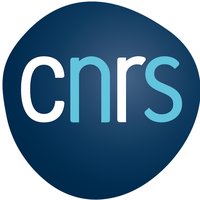
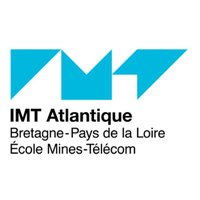
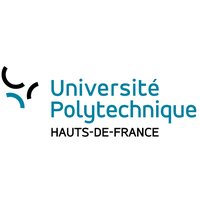
Follow us on Twitter
@InriaLearnLab #MoocIoT
License
License for the course content

Attribution-NonCommercial
You are free to:
- Share — copy and redistribute the material in any medium or format
- Adapt — remix, transform, and build upon the material
Under the following terms:
- Attribution — You must give appropriate credit, provide a link to the license, and indicate if changes were made. You may do so in any reasonable manner, but not in any way that suggests the licensor endorses you or your use.
- NonCommercial — You may not use the material for commercial purposes.
License for the content created by course participants

Attribution-NonCommercial-NoDerivatives
You are free to:
- Share — copy and redistribute the material in any medium or format
Under the following terms:
- Attribution — You must give appropriate credit, provide a link to the license, and indicate if changes were made. You may do so in any reasonable manner, but not in any way that suggests the licensor endorses you or your use.
- NonCommercial — You may not use the material for commercial purposes.
- NoDerivatives — If you remix, transform, or build upon the material, you may not distribute the modified material.


